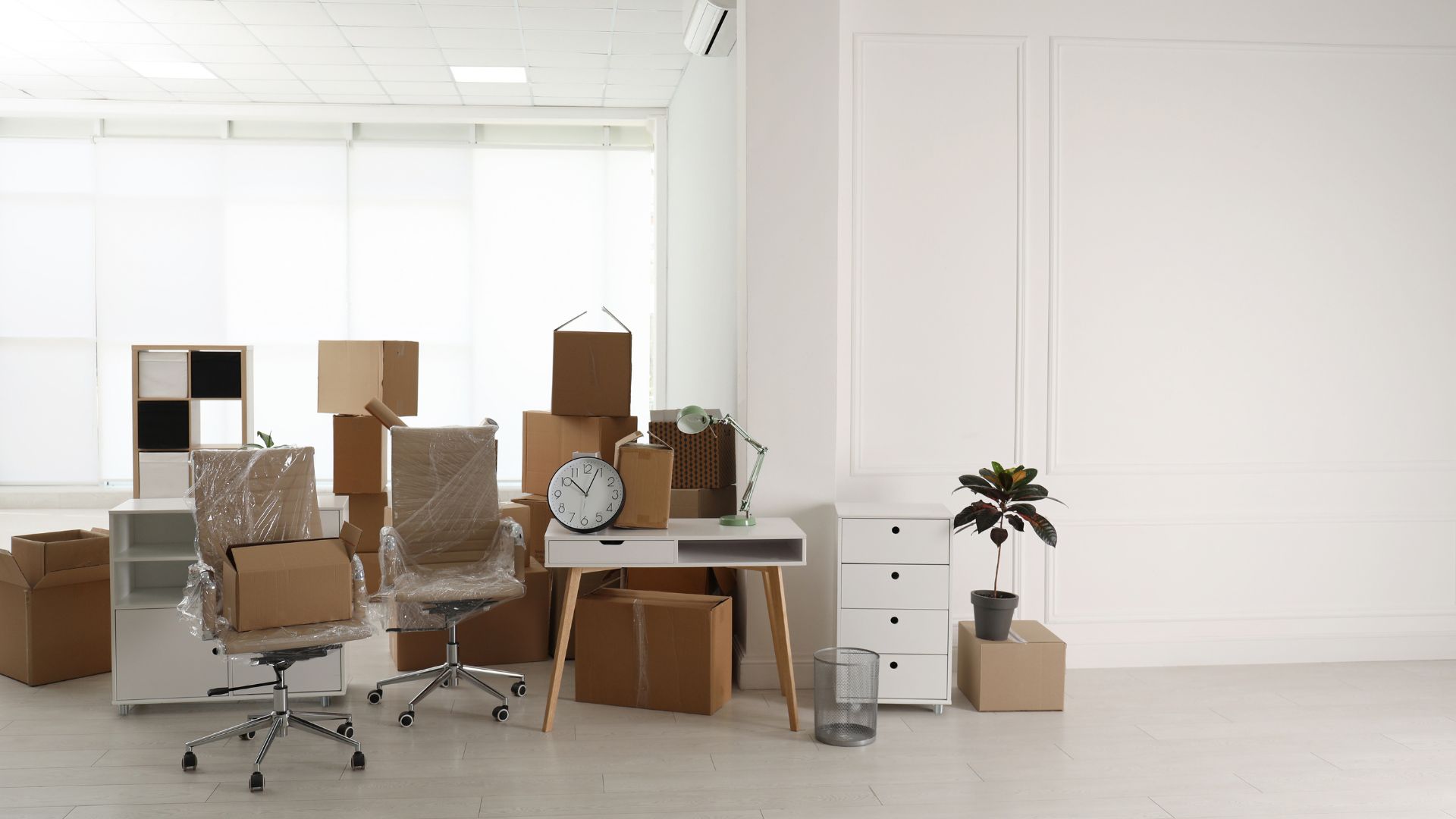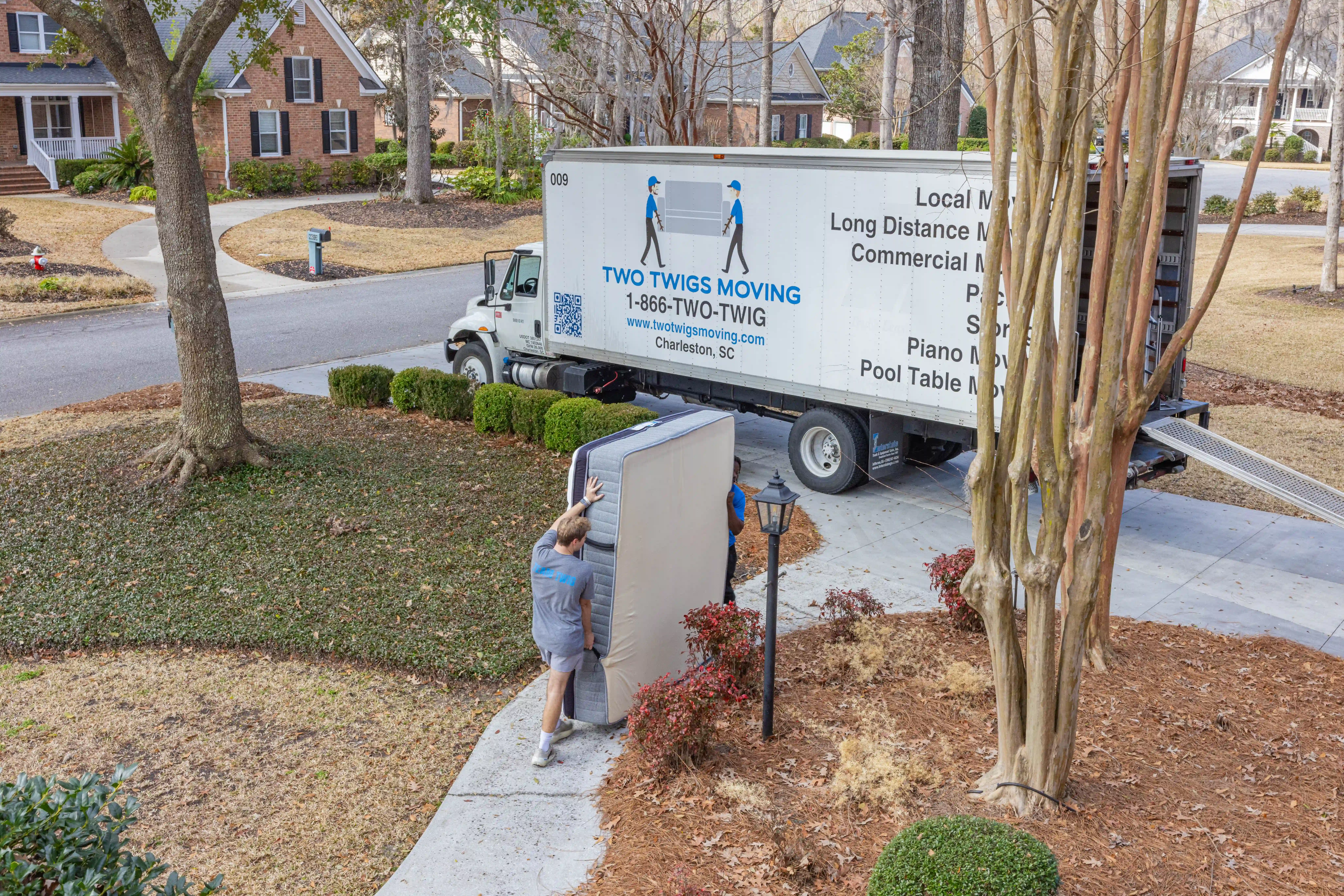Moving your home office can be a daunting task, especially when you rely on it for your daily work. Proper planning and organization are key to ensuring a smooth transition with minimal disruption to your productivity. Whether you’re relocating to a new home or simply moving your office within your current space, these tips will help you manage the process efficiently and effectively.
1. Start Early
Begin the moving process well in advance. Starting early gives you ample time to sort through your office supplies, pack items systematically, and address any issues that arise. Aim to start planning at least 4-6 weeks before your move to avoid last-minute stress.
2. Create a Moving Plan
A detailed moving plan is essential for a successful office move. Outline tasks such as packing, notifying clients, and setting up your new workspace. Include deadlines for each task to keep yourself on track and ensure nothing is overlooked.
3. Inventory Your Equipment
Make a list of all office equipment, furniture, and supplies. This inventory will help you determine what needs to be moved, what can be discarded, and what might need replacement. Keep track of serial numbers and warranties for valuable equipment.
4. Back Up Important Data
Before you begin packing, back up all important data. Use external hard drives or cloud storage to ensure that your files are secure. This step is crucial in case any of your electronics are damaged during the move.
5. Organize and Declutter
Declutter your office by sorting through files, documents, and supplies. Recycle or shred outdated paperwork and dispose of any broken or unnecessary equipment. Organizing your items before packing will make unpacking in your new office much easier.
6. Pack Strategically
Use quality packing materials to protect your office equipment and supplies. Here’s how to pack effectively:
- Label Boxes: Clearly label each box with its contents and the room it belongs to. Use specific labels for fragile items.
- Pack Electronics Carefully: Wrap electronic devices in bubble wrap or packing paper and place them in sturdy boxes. Keep cords and accessories organized and labeled.
- Use Original Boxes: If possible, pack equipment in its original box for added protection.
7. Notify Clients and Contacts
Inform your clients, partners, and other important contacts about your move well in advance. Provide them with your new address and updated contact information to ensure that business operations continue smoothly.
8. Set Up a Temporary Workspace
If your move will cause a temporary disruption to your work, set up a temporary workspace. Ensure you have access to essential tools and resources to maintain productivity while your new office is being set up.
9. Plan the Layout of Your New Office
Before moving in, plan the layout of your new office. Consider the placement of furniture, equipment, and electrical outlets. Having a layout plan in advance helps streamline the setup process and ensures that everything fits in the designated space.
10. Hire Professional Movers
Consider hiring professional movers who specialize in office relocations. They have the expertise and equipment to handle office furniture and electronics safely. Two Twigs Moving can provide the assistance you need to ensure your move goes smoothly.
11. Set Up Your New Office Efficiently
Once you arrive at your new location, start setting up your office immediately. Unpack and arrange your items according to the layout plan. Test all equipment and ensure everything is functioning properly. Organize your workspace to maximize efficiency and comfort.
12. Test and Adjust
After setting up your new office, test all systems and equipment. Make any necessary adjustments to ensure everything is working correctly. Check internet connections, phone lines, and other essential services to avoid disruptions to your work.
13. Update Your Information
Update your business address on your website, social media profiles, and any other relevant platforms. Ensure that your clients and partners have the correct contact details and address to avoid any confusion.
14. Evaluate and Improve
After the move, take some time to evaluate the process and identify any areas for improvement. Gather feedback from your team if applicable and consider what worked well and what could be improved for future moves.
Two Twigs Moving Can Help
At Two Twigs Moving, we understand the unique challenges of moving a home office. Our team is equipped to handle your office equipment and supplies with care, ensuring a smooth and efficient relocation. Let us help you make your move as stress-free as possible so you can focus on your work.
Conclusion
Moving your home office requires careful planning and organization to minimize disruptions and ensure a smooth transition. By following these tips, you can prepare effectively and set up your new workspace efficiently. And remember, Two Twigs Moving is here to support you every step of the way, making your office move as seamless as possible.


.svg)


